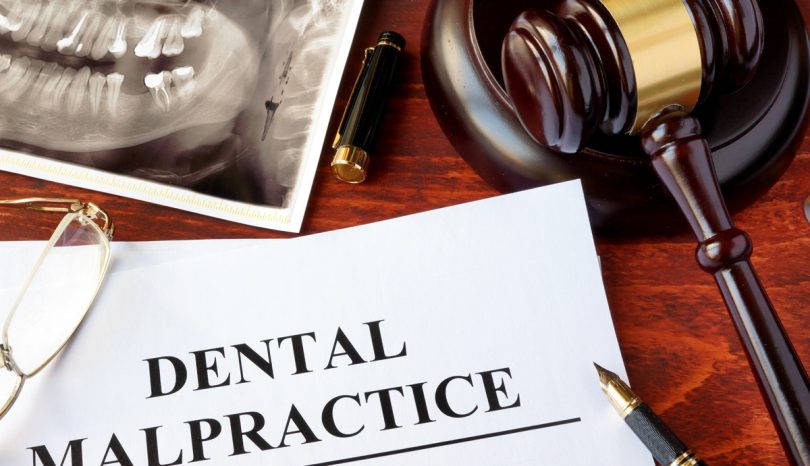- Find A Medical Provider
- Auto Injuries
- Common Injuries
- Medical/Pharmaceutical
- Types of Medical Injuries
- Malpractice Injuries
- Drug and Medical Device Injuries
- Drugs and Devices Linked to Cancer
- Opioid Addiction
- Drugs and Devices Known to Cause Injury
- 3M Combat Arms Earplugs – Hearing Loss
- Accutane
- Aciphex
- Actonel
- Actos
- Adderall and Ritalin
- Advair
- Aldara (Imiquimod)
- Alli
- Ambien
- Amiodarone
- Anzemet
- Aptivus
- Aranesp
- Arava
- Atorvastatin
- Avandia
- Benicar
- Birth Control Medication
- Blood Thinners
- Essure
- Fosamax (Alendronate Sodium)
- Gadolinium-Based MRI Contrast Agents
- Granuflo
- Hernia or Surgical Mesh Injuries
- Hydroxycut
- Inferior Vena Cava Filters
- Invokana Toe and Foot Amputations
- Ketek
- Levaquin
- Lipitor
- Mirapex
- Neurontin
- Onglyza
- Over-the-Counter Medications
- OxyContin
- Paxil
- Power Morcellators
- Pradaxa
- Propecia
- Reglan
- Talc Powder
- Trasylol
- Valsartan
- Viagra
- Xolair
- Zelnorm
- Zoloft
- Work Injuries
- Sports Injuries
- Marketing Services
- Blog
List your practice on InjuredCare | Log in / Sign up
Dental Malpractice Overview

Dental Care Negligence or Carelessness
When you seek treatment from a dental professional, you expect that, at a minimum, your condition won't get worse because of the wrongful acts or omissions of the dentist or dental office staff. Unfortunately, just as medical professionals can fail to meet the necessary standard of care, dentists and dental workers also can breach the duty of care.
As with other healing professions, dentists are held to a higher standard of care than ordinary individuals. To determine whether a dentist has committed malpractice, his or her actions must be compared to what a dentist with similar experience and training would do under similar conditions in the same geographic area.
Examples of Dental Malpractice
Though a dentist's conduct may rise to the level of malpractice any time his or her conduct fails to meet the standard set forth above, these are common examples of dental malpractice:
- Failure to properly diagnose, or the misdiagnosis of, a dental problem — This may involve carelessness in failing to take an X-ray, reading an X-ray, or evaluating the symptoms of a dental problem. Specific misdiagnoses can include TMJ, chipped or cracked teeth, cavities, or oral cancer.
- Surgical error — Such errors include removal of the wrong tooth, unnecessary extraction of a tooth, and negligence during the extraction process.
- Anesthesia error — Negligent administration of anesthesia can involve the failure to obtain a proper workup to determine allergic risk or failure to sufficiently anesthetize before drilling or extraction.
- Failure to refer to an appropriate specialist — Failure to refer a patient to an endodontist, periodontist, maxillofacial surgeon, orthodontist, or other specialist that causes the patient pain or other injuries that could have been avoided with proper treatment.
- Negligence in hiring, monitoring, training, and overseeing staff members
- Failure to obtain informed consent before a dental procedure









